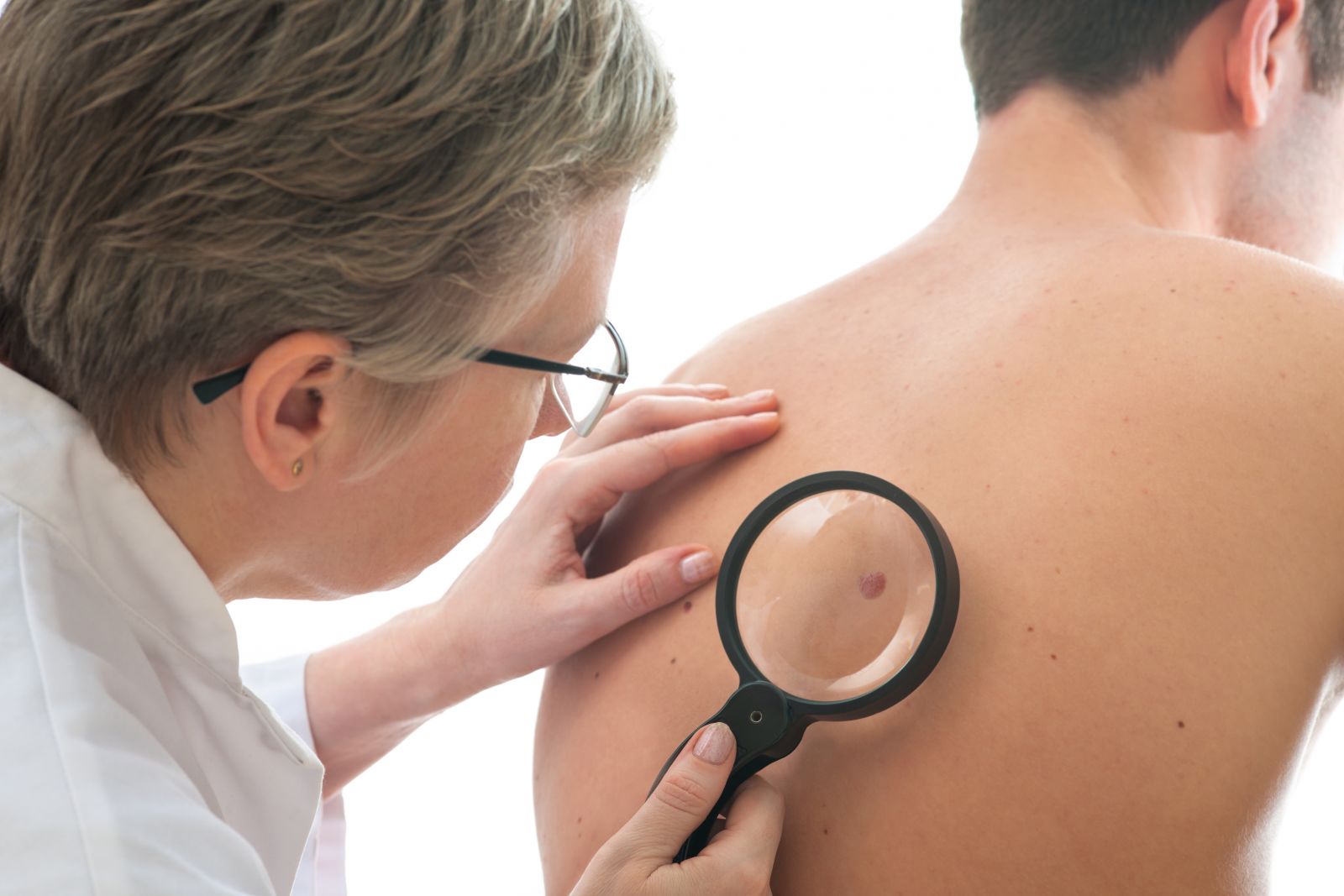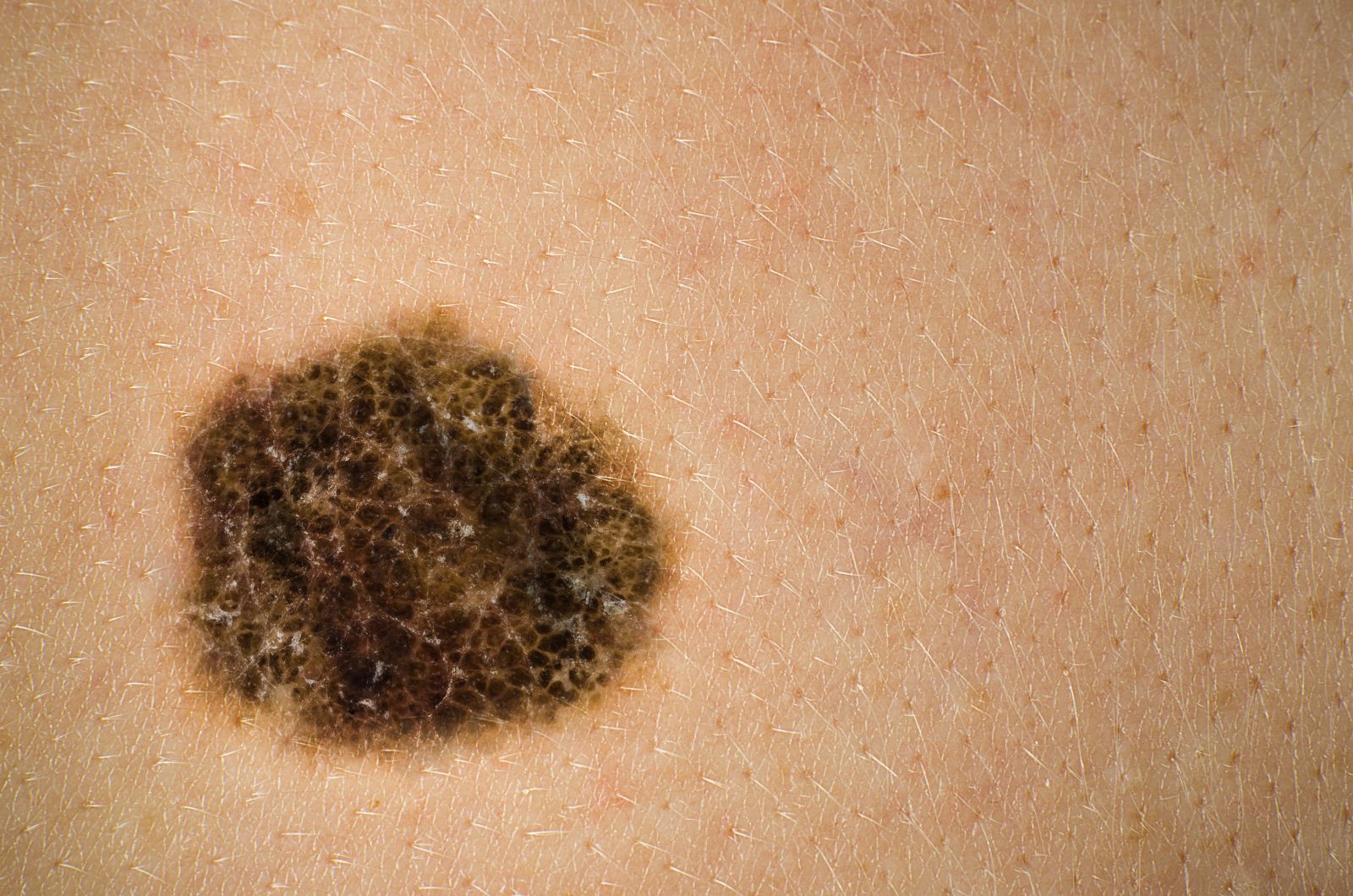Welcome to the DermacenterMD Blog
Posts for category: Dermatology Education
 Rosacea is a confusing topic for most people. It is typically a problem of the face in adults where they can experience bumps or redness and often both. Characteristic symptoms of rosacea are red bumps, pus bumps, and dilated blood vessels on the face.
Rosacea is a confusing topic for most people. It is typically a problem of the face in adults where they can experience bumps or redness and often both. Characteristic symptoms of rosacea are red bumps, pus bumps, and dilated blood vessels on the face.
Many people who suffer from rosacea claim that drinking coffee causes aggravation of their rosacea symptoms. It has been thought that the caffeine in coffee was to blame for causing flare ups, but more recently, it has been discovered that it is the heat of coffee that causes the flushing or redness of the face. Phew! This means if you suffer from rosacea and are an avid coffee drinker (like many of us), you’re in luck! You don’t have to give up your caffeine fix (phew!). Instead, avoid hot liquids. Rather than grabbing your steamed latte in the morning, opt for an iced coffee and see if your symptoms improve.
Choosing iced or cool drinks over hot drinks can make a big difference for some people. Other treatment options are available for rosacea as well. Topical creams and oral antibiotics can be effective in reducing rosacea flare ups. If you suspect rosacea, come in to have your skin evaluated by Dr. Moore. Rosacea is not something you have to live with, it is treatable.
Give us a call at 574-522-0265 today!
 The medical name for a mole is melanocytic nevus. It is a common benign growth of the color cells of the skin known as melanocytes. Moles normally appear during our first year of life and peak in number in the second or third decade. The average number of moles for an adult is 25. Moles can increase in number with sun exposure, especially sunburns before the age of 12. Some moles may even disappear as you get older.
The medical name for a mole is melanocytic nevus. It is a common benign growth of the color cells of the skin known as melanocytes. Moles normally appear during our first year of life and peak in number in the second or third decade. The average number of moles for an adult is 25. Moles can increase in number with sun exposure, especially sunburns before the age of 12. Some moles may even disappear as you get older.
The more moles you have, the greater your chance is of developing melanoma, the most serious and potentially fatal form of skin cancer. Chronically sun exposed body sites have a higher density of moles normally. Moles may increase in size, particularly before the age of 20. Having a high number of large moles also increases your chances of developing skin cancer.
Keeping track of your moles and checking your skin every month can help to ensure that you know where your moles are and you can be certain that they are not growing or changing. A new or changing mole is at the highest level of risk for skin cancer. If you find anything suspicious in a mole, it is best to have it looked at by your dermatologist.
If you have found something suspicious, call to make an appointment today: 574-522-0265.
Source:
Skin is a fascinating thing! It holds all of your vital organs in place and protects you from all sorts of bad bacteria and viruses. Check out these interesting facts about your skin:
- The skin is the bodies largest organ.
- The average person sheds approximately 1.5lbs of dead skin cells each year.
- An average adult has more than 20 square feet of skin.
- A square inch of the human body has about 19,000,000 skin cells and up to 300 sweat glands.
- The eyelids are the thinnest area of skin on the human body.
- Contrary to common beliefs, dust is not made up mostly of dead skin cells. There are many sources of dust pollutants floating around the air.
- Your skin sheds 50,000 cells every minute.
- There are at least five types of receptors in the skin that respond to pain and touch.
- Globally, dead skin accounts for about a billion tons of dust in the atmosphere.
- In blind people, the brain’s visual cortex is rewired to respond to stimuli received through touch and hearing, so they literally “see” the world by touch and sound.
Source: http://www.amazingandweird.com/facts/30-interesting-and-fun-facts-about-human-skin/
Unfortunately, with such a complex organ, there are many ways it can malfunction. There are almost 3,000 different diseases associated with the skin, hair, and nails, including skin cancer. If you have a problem with your skin, it is best to get it checked out by a professional board-certified dermatologist like Dr. Roger Moore.
If you have skin concerns, give our office a call at 574-522-0265 today to schedule your appointment.
 There are many types of brown spots which can occur on the skin. Typically the term liver spots is used for the flat brown spots which are noted on the back of the hand as one ages. If they are flat it is often a freckle like spot called a lentigo. These brown spots are often worsened by sun exposure. Thus, sunscreen on a daily basis is a must to reduce the darkness of these lesions. Also, a laser-like therapy called photo rejuvenation can be utilized to help reduce the appearance of discoloration.
There are many types of brown spots which can occur on the skin. Typically the term liver spots is used for the flat brown spots which are noted on the back of the hand as one ages. If they are flat it is often a freckle like spot called a lentigo. These brown spots are often worsened by sun exposure. Thus, sunscreen on a daily basis is a must to reduce the darkness of these lesions. Also, a laser-like therapy called photo rejuvenation can be utilized to help reduce the appearance of discoloration.
Other common brown spots are moles, freckles, and seborrheic keratosis. Moles can occur anywhere on the body and usually occur in youth and stop occurring after about the age of 30. Freckles are related to sun exposure as they are noted on the sun exposed sites like the face, shoulders and upper extremities. They occur in the youth, but may persist into adulthood. The seborrheic keratosis are waxy brown rough spots which start after the age of 30 and increase in number as we get older.
The worrisome aspect of brown spots is when melanoma, a cancerous growth of the skin, occurs. For this reason we recommend each person get a skin cancer screening exam once every year. Most skin cancers have no pain, bleeding or other symptoms in the initial stages, so a visit can catch cancer early.
Call our office today at (574)522-0265 and schedule your skin cancer screening exam. No referral is needed. We look forward to seeing you and helping to keep you healthy!
Facts about Dr. Moore's Dedication to Education
 Ever since Dr. Moore began practicing medicine years ago, he has always placed a high priority on education. He strives to continually educate himself, as well as the community and physicians around him. The following are just a few of the ways that Dr. Moore displays his dedication to education:
Ever since Dr. Moore began practicing medicine years ago, he has always placed a high priority on education. He strives to continually educate himself, as well as the community and physicians around him. The following are just a few of the ways that Dr. Moore displays his dedication to education:
- Dr. Moore has been active in training medical students and area doctors for over 10 years.
- He has been dedicated to lecturing to primary care providers since the first year of his practice which includes over 10 consecutive years of educating Elkhart area physicians.
- He has educated IU Goshen hospital physicians and providers through lecture for years.
- Dr. Moore was one of the first to step up and provide a lecture to the Beacon Medical Group after its merger.
- He is the Editor of the medical newsletter ‘DermacenterMD Dermwise’ sent to over 500 regional physicians with educational material to enhance the awareness and knowledge about dermatology issues and conditions. This publication he writes, edits and pays to send out as part of his program to enhance dermatology care in Michiana.
- Dr. Moore has lectured the Indiana University Medical students, taking time out of his clinic to travel to their onsite campus.
- He has provided rotation opportunities to Indiana University Medical Students.
- Dr. Moore has also provided clerkship rotations for other medical schools, Physician Assistants, Nurse Practitioners, and even Family Practice doctors.
- He has developed and marketed an entire company to educate a variety of providers with his DERMWISE, 12 week ‘Quick Start Online Dermatology Training’ program. This program has even earned the highest rating of CME entitled Category 1.
Archive:
Tags
- dry skin (2)
- moisturizer (1)
- sensitive skin (3)
- PA (2)
- Skincare (2)
- skin cancer (29)
- cancer (6)
- facts (1)
- skin (19)
- dermatology (22)
- skin care (19)
- cosmetic (2)
- wrinkles (1)
- Botox (4)
- Dysport (3)
- sleep (1)
- look good (1)
- daily routine (1)
- healthy lifestyle (1)
- doctor (2)
- patient (1)
- sun protection (5)
- sunscreen (14)
- aging dermatology (1)
- providers (1)
- tanning (2)
- sun (6)
- UVA rays (2)
- UVB rays (2)
- melanoma (10)
- Acne (2)
- Treatment (2)
- sunscren (1)
- sun exposure (5)
- Melanoma Monday (2)
- Skin Cancer Awareness Month (1)
- education (2)
- skin cancer specialist (1)
- basal cell carcinoma (1)
- squamous cell carcinoma (1)
- ingredients (2)
- improve your smile (1)
- cosmetics (1)
- laser (1)
- fillers (2)
- sunburn (3)
- avoid the sun (1)
- hat (1)
- sun clothing (1)
- SPF (1)
- Rosacea (3)
- NP (1)
- Nurse Practitioner (1)
- mid-level provider (1)
- physician (1)
- dermatologist (6)
- cosmetic dermatology (4)
- anti-aging (2)
- youthful looks (1)
- Eczema (2)
- rash (2)
- itch (1)
- the rash that itches (1)
- reduce itch (1)
- itching (1)
- getting along with others (1)
- basal cell (2)
- squamous cell (2)
- detection (1)
- Mohs surgery (2)
- photoaging (1)
- Inspiring (1)
- word of the day (1)
- inspiration (3)
- uplifting (1)
- protection (4)
- lips (1)
- reduce wrinkles (1)
- look younger (1)
- encouragement (1)
- never give up (1)
- you can do it (1)
- medical school (1)
- dreams (1)
- brown spots (1)
- moles (2)
- liver spots (1)
- age spots (1)
- Abe Lincoln (1)
- life lessons (1)
- lip cancer (1)
- health (12)
- motivation (1)
- work (1)
- people (2)
- home life (1)
- lifestyle (1)
- ABCDEs of Melanoma (1)
- mole (1)
- skin check (2)
- skin facts (2)
- odd (1)
- fun (1)
- interesting (1)
- lung cancer (1)
- disease (1)
- Christmas (2)
- gifts (1)
- sun burn (1)
- winter skin tips (1)
- itchy skin (1)
- winter skin (1)
- myths (1)
- myth busted (1)
- skin protection (1)
- sunscreen safety (1)
- specialist (1)
- red skin (1)
- irritation (1)
- feel good (1)
- helping (1)
- help (1)
- helping others (1)
- treatment options (1)
- skin health (9)
- Vitamin D (2)
- tanning beds (1)
- skin health. dermatology (1)
- sunshine (1)
- awareness (1)
- prevention (1)
- sun damage (3)
- connections (1)
- working together (1)
- health care (1)
- biotin (1)
- medical (1)
- aging (1)
- elkhart (1)
- Roger Moore (1)
- check (1)
- skin type (1)
- skin cancer prevention (1)
- gift guide (1)
- Christmas gift guide (1)
- Dr. Roger Moore (1)
- holidays (1)
- family history (1)
